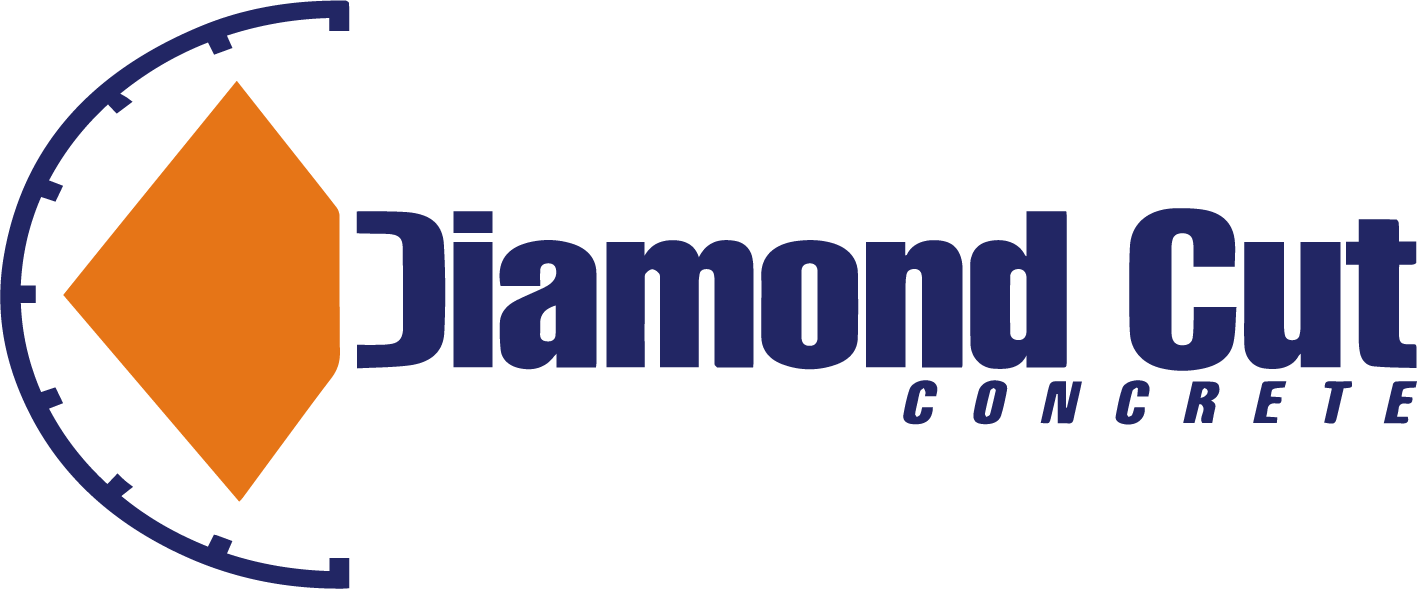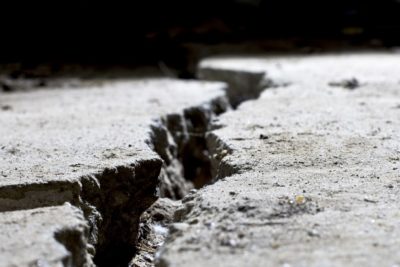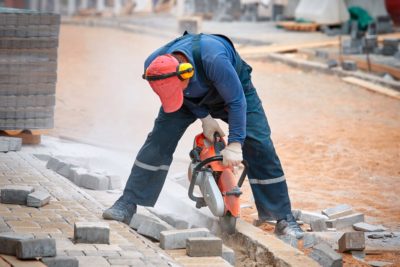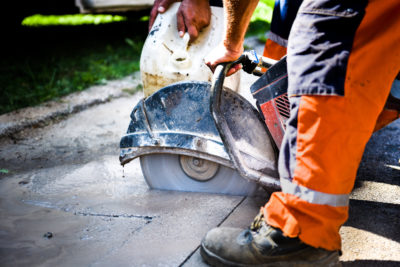Whether it’s the look and feel of a building or playing a crucial part in structural integrity, concrete is essential for most modern structures. And concrete, like most building materials, over time can start to degrade. Thus, concrete repairs and maintenance will be essential to ensure the safety and strength of the property.
When cracks start to form or the concrete starts to crumble, you might first think of Concrete Removal. But removing concrete is not an easy job. Concrete is heavy, hard as nails, and there is usually a hell of a lot of it! All of that makes it incredibly expensive to remove and dispose of.
Thankfully there is another option. You can avoid the need for concrete removal altogether simply by maintaining your concrete over the long term and repairing it when it starts showing signs of wear and tear.
This article will give you an overview of concrete remediation and concrete maintenance and provide a few examples of necessary concrete repairs for concrete that has seen better days.
What are Concrete Repairs?
Concrete Repair is a way of extending the life of your concrete. Over time the hardened concrete will eventually lose the ability to hold the binding concrete materials together. This can be due to damage or environmental exposure. Concrete Repair is the method used to restore cracked, chipped or crumbling concrete.
Why are Concrete Repairs Important?
Ever since the first slab was poured, the wonder material that is concrete has been under attack from all sorts of natural and man-made forces. The rate of concrete degradation is determined by a wide variety of factors. Some of these factors can be controlled to reduce the severity of the degradation, and some can not. This is why it is so essential to maintain and repair your concrete over time.
One of the biggest culprits in concrete degradation is internal damage when the reinforcing steel begins to deteriorate. Not only does the steel itself begin to weaken, but the concrete surrounding that steel begins to lose strength as the corrosion leeches into it. This can eventually lead to cracking, discolouration, curling and concrete cancer. As almost all concrete is reinforced with steel, you can see how this starts to become a big problem.
Many issues can manifest themselves in a concrete slab or a concrete wall. Some of these are superficial issues that have no bearing on the structural integrity of the building itself. Small cracks are common. But sometimes, those small and innocuous cracks can lead to more significant problems when they start to let in moisture. What began as a minor visual annoyance becomes a fundamental structural problem.
Why is Concrete Maintenance Important?
Concrete removal due to damage is the least desirable thing to do with damaged concrete. Next on the list is having to carry out necessary repairs, using expert techniques such as core drilling, on damaged or worn concrete. The best thing to do is to maintain the concrete from the start. This means you will avoid costly removal efforts and save yourself the hassle and the risks of waiting for the damage to show itself on the surface.
Concrete maintenance is the most prudent thing you can do to ensure your concrete looks clean and fresh for years to come. And it will help ensure it remains structurally sound and free from deterioration.
What are the different types of concrete repairs?
Concrete Restoration and Concrete Remediation
Improper concrete scanning and curing methods will cause a wide range of concrete issues that require speciality concrete restoration and remediation. Here are the common
concrete issues you may experience and how to undergo proper concrete restoration and concrete remediation to save your concrete structure.
Concrete Curling:
Different temperatures and levels of moisture in the top and bottom surface of your concrete slab will cause your concrete to distort and “curl” upwards or downwards. When the total curl of your concrete slab is more than 1⁄4 inch or is located in a high traffic area, concrete restoration and concrete remediation are vital. Before undergoing your concrete repairs, ensure the curling won’t continue after you have spent valuable time and money fixing it. Concrete repairs for concrete curling involves:
● Cutting more control joints
● Grinding the slab with a concrete grinder
● Installing dowel bars (mid-depth of the concrete slab) to transfer the load
Concrete Scaling:
A weak surface, water seepage, and freeze-thaw will cause the surface of your concrete to flake or chip away. This can occur in just one small section of your concrete or spread to the entire surface. Concrete restoration and concrete remediation for scaling involves:
● patching the affected area with a colour-matching compound
● resurfacing with an overlay.
Concrete Discolouration:
Blotches, stripes, or dark spots on the surface of your concrete indicates discolouration. Concrete restoration and concrete remediation for discolouration involves:
● Mild concrete discolouration: a long cleansing process that involves repeatedly flushing the hardened concrete surface with hot water and scrubbing with a stiff brush.
● Severe concrete discolouration: an acid treatment/stain
Concrete Cancer repair:
When airborne chemicals or water penetrate the surface of your concrete, your concrete is at risk of developing severe concrete cancer, causing dangerous structural damage. If your concrete is crumbling, cracking, expanding, bubbling, or rust stains start to appear, immediate concrete cancer repair is required.
Concrete cancer repair begins with professional identification of the source and cause of concrete cancer to find the correct concrete cancer repair solution.
Concrete cancer repair techniques include:
● Removing the rust from the steel reinforcement and using an appropriate treatment
● Waterproofing to prevent any further damage
Concrete Leak Repairs:
When concrete leaks appear in any type of concrete structure, from balconies to dam walls to carparks, concrete crack injection is required. Concrete crack injection involves various techniques, depending on the width of your concrete cracks and the thickness of your concrete structure.
● Polyurethane resins
● Clear concrete sealer
● Waterproof sealants and coatings
● Epoxies
● Quick-drying patching mortars
Need Efficient and Easy Concrete Repair Today?
Concrete repairs are vital when dangerous corrosion begins to weaken your concrete structure. By correctly identifying the issue with your concrete, you can determine the proper concrete repair method required to save your concrete structure from detrimental deterioration. Whether you need concrete cancer repair, concrete restoration and remediation or concrete leak repair, a concrete specialist can efficiently diagnose, treat and protect your concrete permanently from further damage.
Diamond Cut Concrete are concrete specialists located in Perth with over 36 years of experience delivering high-quality and efficient concrete services, including concrete restoration, concrete remediation, concrete leak repair and concrete cancer repair.
For stress-free concrete repair, solutions contact Diamond Cut Concrete today on 08 9331 3600 or email us at quotes@diamondcutconcrete.com.au



